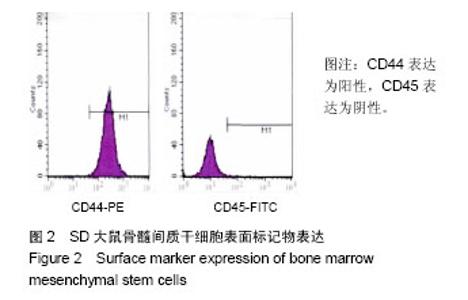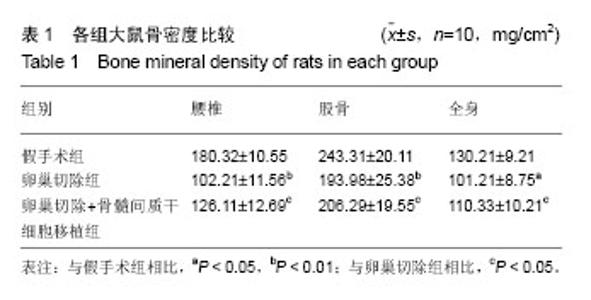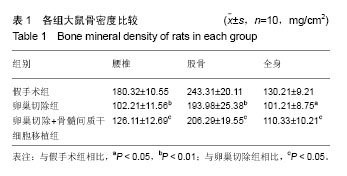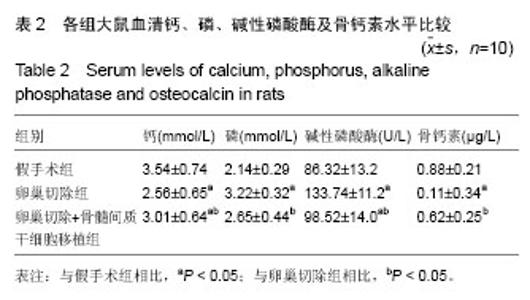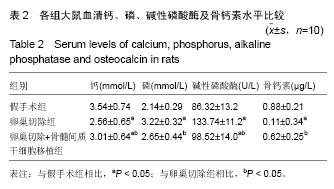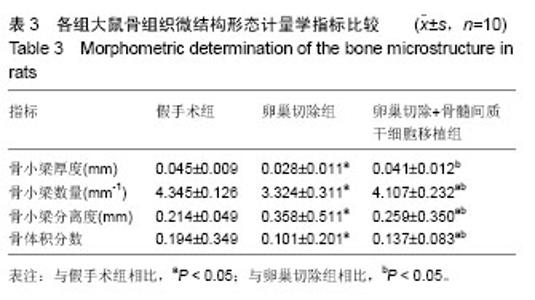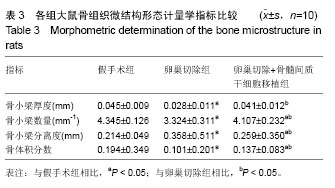| [1] 赵文国,张柳,程爱国,等.骨质疏松症诊断的新进展[J].中国综合临床,2002,18(12): 1065-1066. [2] Padegimas EM, Osei DA. Erratum to: Evaluation and treatment of osteoporotic distal radius fracture in the elderly patient. Curr Rev Musculoskelet Med. 2013;6(2):205.[3] Riggs BL.Overview of osteoporosis.West J Med. 1991; 154(1):63-77.[4] 顾本立.骨密度测量[J].世界医疗器械, 1996,3(2):15-18.[5] 刘忠厚. 骨质疏松学[M].北京:科学出版社, 1998: 397-398. [6] Eddy DM, Johnston CC, Cummings SR, et al. Osteoporosis: review of the evidence for prevention, diagnosis and treatment and cost-effectiveness analysis. Osteoporos Int. 1998;8 Suppl 4:S7-80.[7] Mazess RB, Peppler WW, Chesnut CH 3rd, et al. Total body bone mineral and lean body mass by dual-photon absorptiometry. II. Comparison with total body calcium by neutron activation analysis. Calcif Tissue Int. 1981;33(4): 361-363.[8] Pietrobelli A, Formica C, Wang Z, et al. Dual-energy X-ray absorptiometry body composition model: review of physical concepts.Am J Physiol. 1996;271(6 Pt 1):E941-951.[9] Dinten JM, Robert-coutant C, Darboux M. Dual-energy X-ray absorptiometry using 2D digital radiography detector: Application to bone densitometry. International Society for Optics and Photonics, 2001: 459-468. [10] 中国健康促进基金会骨质疏松防治中国白皮书编委会.骨质疏松症中国白皮书[J].中华健康管理学杂志, 2009, 3(3):148- 154. [11] 冉博.大鼠骨髓基质细胞在体外诱导成骨成脂分化的实验研究[D].呼和浩特:内蒙古医学院,2009.[12] Kopen GC, Prockop DJ, Phinney DG. Marrow stromal cells migrate throughout forebrain and cerebellum, and they differentiate into astrocytes after injection into neonatal mouse brains. Proc Natl Acad Sci U S A. 1999;96(19):10711-10716.[13] Friedenstein AJ, Ivanov-Smolenski AA, Chajlakjan RK,et al. Origin of bone marrow stromal mechanocytes in radiochimeras and heterotopic transplants. Exp Hematol. 1978;6(5):440-444.[14] Tropel P, Noël D, Platet N, et al. Isolation and characterisation of mesenchymal stem cells from adult mouse bone marrow. Exp Cell Res. 2004;295(2):395- 406.[15] 曹鹏冲. 藏红花提取液对去卵巢大鼠骨质疏松治疗作用的实验研究[D].西安:第四军医大学,2011.[16] 程晓光,杨定焯,周琦,等.中国女性的年龄相关骨密度、骨丢失率、骨质疏松发生率及参考数据库——多中心合作项目[J].中国骨质疏松杂志,2008,14(4):221-228.[17] 李险峰.骨质疏松症的分类和分型[J].中国全科医学, 2005,8(16): 1300.[18] 黄燕兴,胡琪良,安爱华.268 例女性骨质疏松症不同部位骨密度研究[J].中国骨质疏松杂志,2007,13(10): 712-715,708.[19] 中国老年学学会骨质疏松委员会骨质疏松诊断标准学科组.中国人骨质疏松症建议诊断标准(第二稿) [J].中国骨质疏松杂志, 2000, 6(1):1-3.[20] Pittenger MF, Mackay AM, Beck SC,et al. Multilineage potential of adult human mesenchymal stem cells. Science. 1999;284(5411):143-147.[21] Woodbury D, Schwarz EJ, Prockop DJ, et al. Adult rat and human bone marrow stromal cells differentiate into neurons. J Neurosci Res. 2000;61(4):364-370.[22] Zhu Y, Liu T, Song K, et al. Adipose-derived stem cell: a better stem cell than BMSC. Cell Biochem Funct. 2008;26(6): 664-675.[23] Kumar S, Wan C, Ramaswamy G, et al. Mesenchymal stem cells expressing osteogenic and angiogenic factors synergistically enhance bone formation in a mouse model of segmental bone defect. Mol Ther. 2010;18(5):1026-1034.[24] Sun LY, Hsieh DK, Lin PC, et al. Pulsed electromagnetic fields accelerate proliferation and osteogenic gene expression in human bone marrow mesenchymal stem cells during osteogenic differentiation. Bioelectromagnetics. 2010;31(3): 209-219.[25] Lubis AM, Sandhow L, Lubis VK, et al. Isolation and cultivation of mesenchymal stem cells from iliac crest bone marrow for further cartilage defect management. Acta Med Indones. 2011;43(3):178-184.[26] Wang CY, Yang HB, Hsu HS, et al. Mesenchymal stem cell-conditioned medium facilitates angiogenesis and fracture healing in diabetic rats. J Tissue Eng Regen Med. 2012;6(7): 559-569. |


